
Join our community to see how developers are using Workik AI everyday.
Features

Generate Game Logic
AI writes game states, conditions, and rules based on your brief or schema.

Create NPC Behavior
AI builds scripts for enemy AI, pathfinding, or dialogue-based NPC systems.

Auto-Build UI Screens
AI generates full UI layouts with menus, overlays, and interactive elements.

Sync With Codebase
AI scans your repo or ZIP files to generate, debug, or refactor game modules instantly.
How it works
Create your free Workik account and launch an AI-powered game dev workspace in seconds.
Connect GitHub, GitLab, or Bitbucket, or upload assets, logic, and schemas. AI adapts to your engine, language, and gameplay structure.
AI generates gameplay mechanics, enemy behavior, UI layers, and state transitions—all tailored to your context, engine, and interaction model.
Invite teammates, assign AI bots, and automate workflows to manage logic updates, asset refactors, and backend integration.
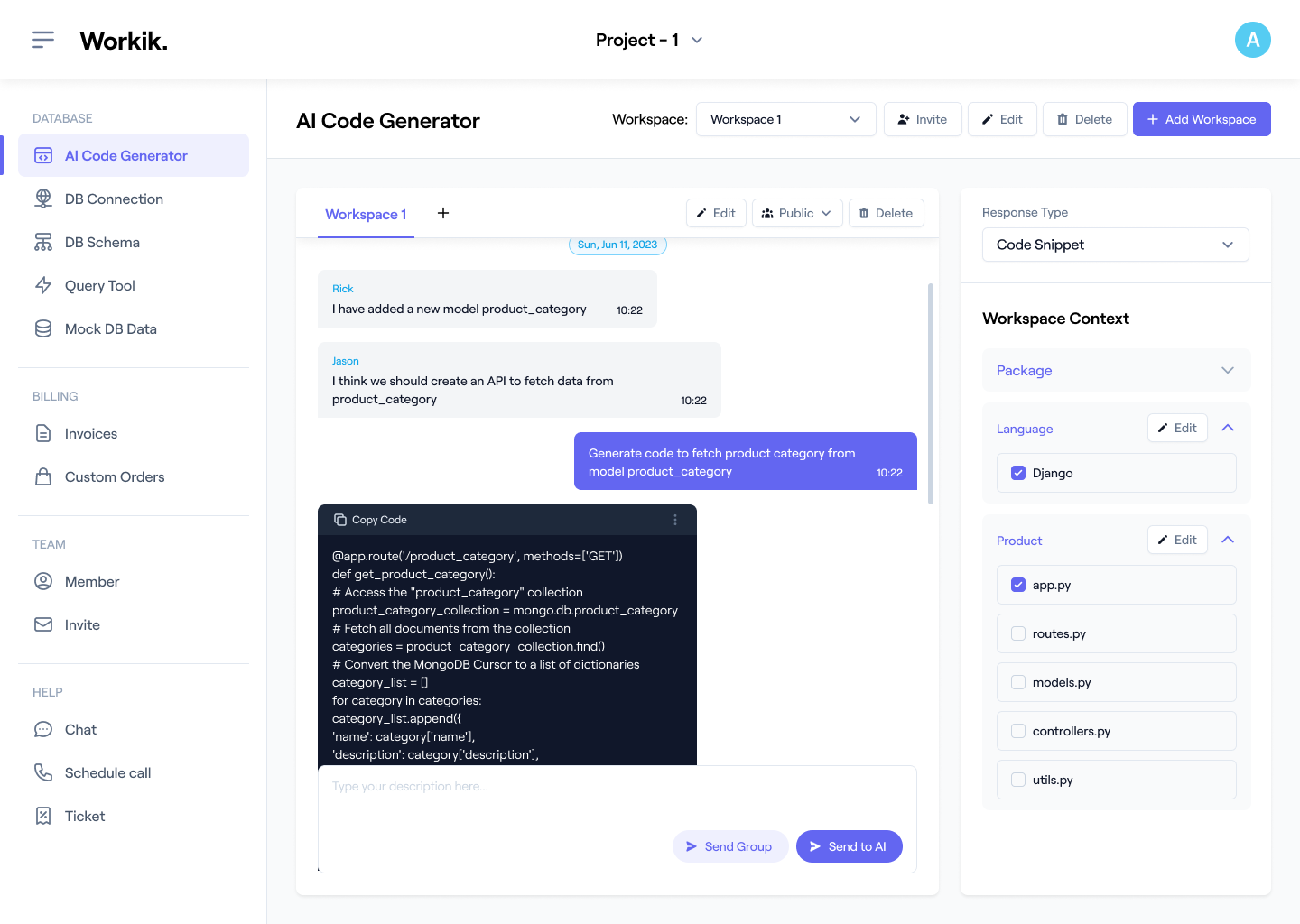

Expand
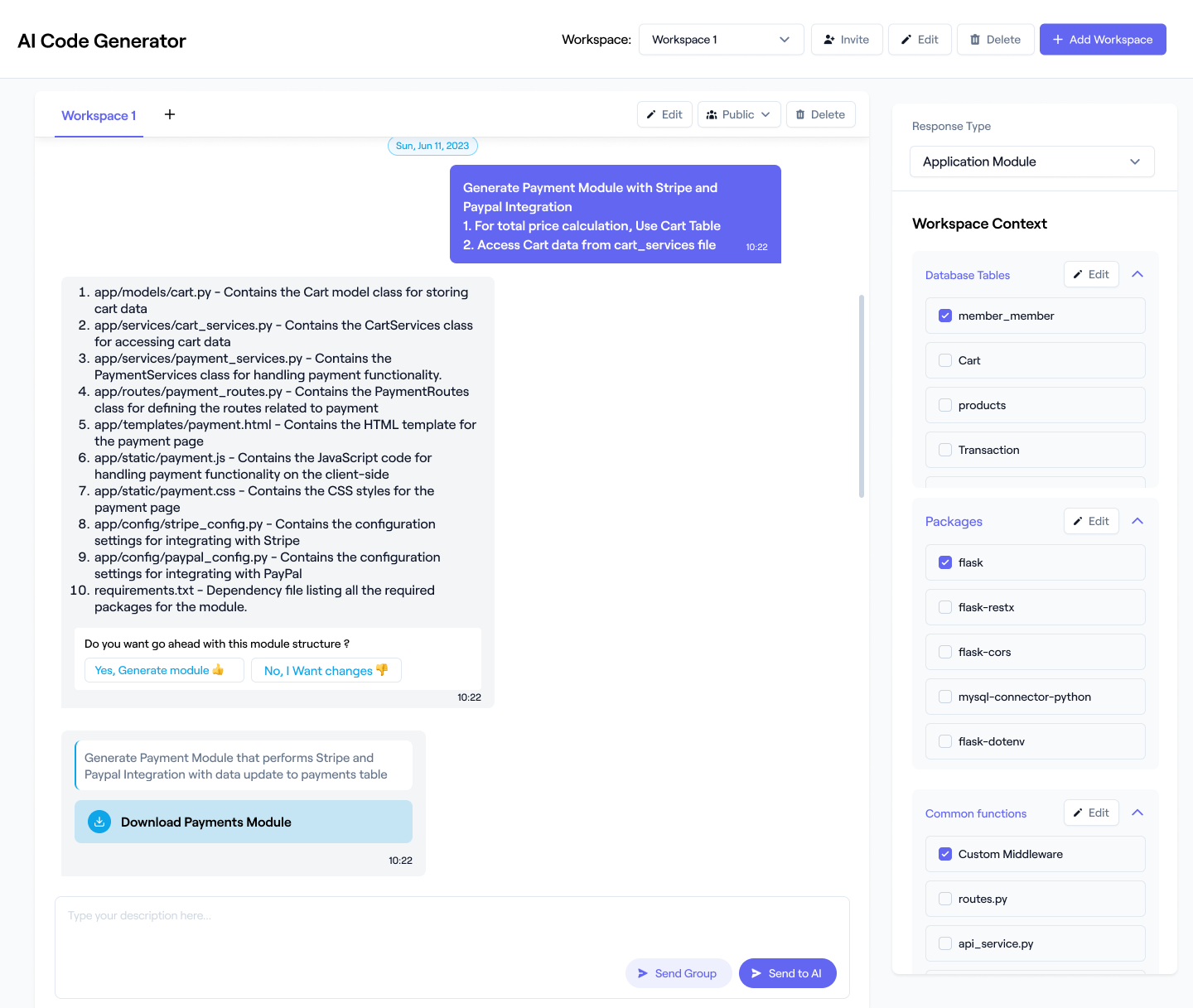

Expand
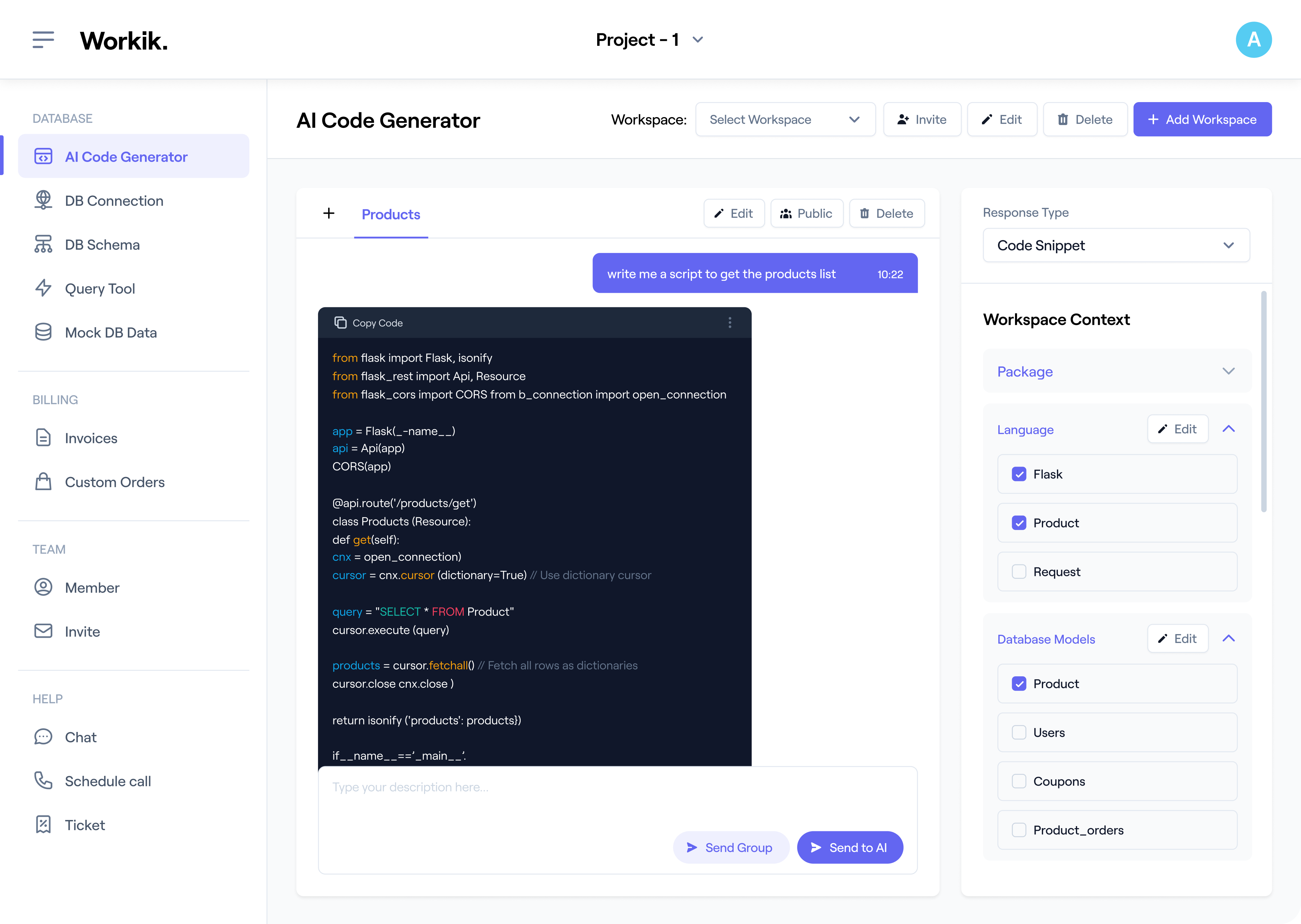

Expand
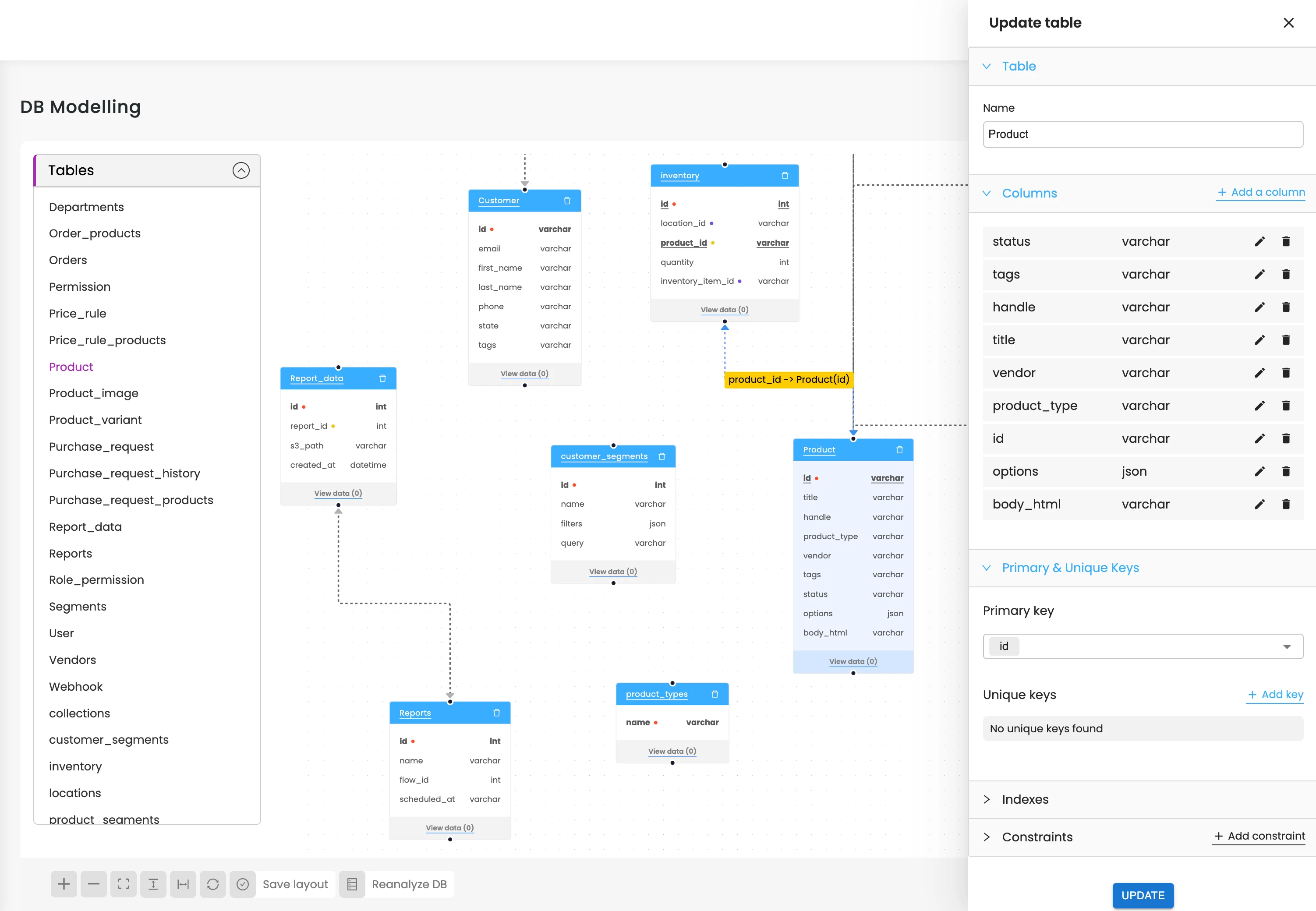

Expand
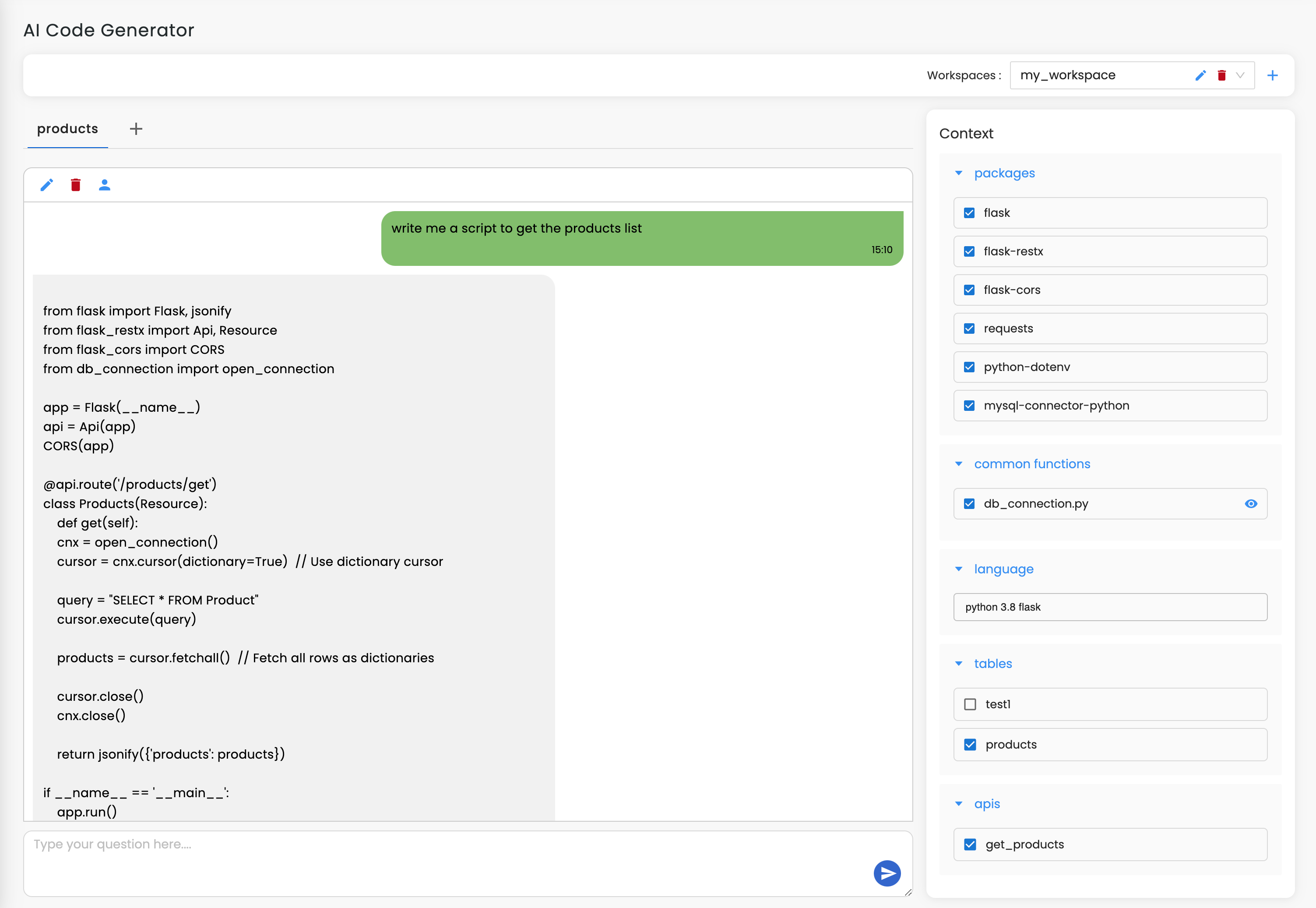

Expand


Expand


Expand


TESTIMONIALS
Real Stories, Real Results with Workik
“Workik’s AI generated my entire enemy AI behavior tree faster than I could whiteboard it.”
.webp)
Lina Walker
Gameplay Engineer
“Our level design team used Workik to prototype dynamic puzzles using AI. Saved us days of scripting.”

Emma Thompson
Lead Game Designer
“Workik connected to our Unity repo and instantly helped us refactor 2D combat logic. That’s real productivity boost.”

Zoe Cooper
Senior Unity Developer
What are the popular use cases for game development with Workik AI?


Developers use Workik AI for a wide range of practical tasks during game creation, including:
1. Generate logic for quests, puzzles, and game triggers based on prompt or schema.
2. Script enemy AI behavior, including pathfinding, state transitions, and attack patterns.
3. Build interactive UIs like health bars, inventories, and settings menus across engines.
4. Scaffold backend APIs for multiplayer matchmaking, player stats, and save systems.
5. Refactor complex game loops, physics interactions, and input logic.
6. Create procedural levels or encounter layouts using design rules and game logic.
How does context-setting work in Workik for AI game creation?


Workik lets you add detailed context so AI understands your project setup precisely. You can:
1. Connect GitHub, GitLab, or Bitbucket to sync your full game codebase for analysis.
2. Upload individual files, folders, or JSON defining game logic, levels, or mechanics.
3. Define languages, frameworks (e.g., Unity C#, Phaser JS), or rendering engines you’re using.
4. Include database schemas for multiplayer games or player progression systems.
5. Add asset references or APIs to guide UI generation, sound triggers, or physics interactions.
6. Save multiple contexts per project or module to switch between gameplay, UI, and backend tasks easily.
Can Workik AI help with cross-platform game development?


Yes. Workik AI supports tools like Unity, Phaser, and Godot which are designed for cross-platform deployment. Whether you're targeting Web, Mobile, or Desktop, AI assists in generating logic and UI compatibility across environments.
Can I control the level of detail in AI output?


Yes. You can ask AI to generate full systems, partial snippets, or even pseudocode. Advanced devs can also set output length and complexity through prompt tuning.
How does Workik AI handle engine-specific syntax and structure?


Workik AI understands engine conventions—like Unity’s MonoBehaviour, Godot’s _ready(), or Phaser’s scene system—and generates code tailored to those structures automatically.
Is Workik AI useful for game documentation too?


Absolutely. Workik AI can auto-generate developer documentation, architecture diagrams, system overviews, and function-level comments—helping new team members ramp up faster.
Can Workik AI help with multiplayer or backend development?


Yes. Workik AI can generate RESTful APIs, auth flows, and database logic for multiplayer systems, player profiles, or cloud saves—based on your schema or prompt.
Can I use Workik if I don’t know how to code?


Yes. Even if you're not a developer, you can describe mechanics in plain language and let AI handle the code generation. Great for prototyping or learning.
Can't find answer you are looking for?
Request question

Request question
Please fill in the form below to submit your question.
Develop Games For Free

Game DEVELOPMENT QUESTION & ANSWER
Game development is a multifaceted field that involves creating interactive and immersive experiences for various platforms, including PCs, consoles, mobile devices, and VR/AR systems. It requires a combination of programming, design, graphics, audio, and networking skills. Using powerful game engines like Unity and Unreal Engine, along with various libraries and tools, developers can create high-quality games. The process also involves prototyping, testing, and optimizing to ensure the best possible user experience.
Popular engines, languages, frameworks and libraries used with Game Development are:
1. Game Engines:
Unity, Unreal Engine, Godot, CryEngine
2. Programming Languages:
C#, C++, Python, JavaScript
3. 2D/3D Graphics:
OpenGL, DirectX, Vulkan
4. Physics Engines:
Box2D, Bullet, Havok
5. Audio Libraries:
FMOD, Wwise, OpenAL
6. Networking:
Photon, Mirror, UNet (Unity)
7. Scripting:
Lua, Python
Popular use cases of Game Development include:
1. 2D and 3D Game Creation:
Developing interactive and immersive 2D and 3D games for various platforms.
2. VR/AR Development:
Creating virtual reality and augmented reality experiences.
3. Prototyping:
Building game prototypes to test concepts and mechanics.
4. Educational Games:
Developing games for educational purposes to enhance learning.
5. Serious Games:
Creating simulations and training applications for industries like healthcare and defense.
Career opportunities and technical roles available for professionals in Game Development include Game Developer, Game Designer, Graphics Programmer, AI Programmer, Audio Engineer, Network Programmer, and more.
Workik AI provides broad assistance in Game Development, which includes:
1. Code Generation:
Produces game development code snippets and templates for various engines and languages.
2. Debugging:
Identifies and fixes issues in game code with intelligent suggestions.
3. Optimization:
Recommends best practices for optimizing game performance and graphics.
4. Integration:
Assists in integrating different libraries and frameworks for game development.
5. Asset Management:
Provides solutions for managing game assets efficiently.
6. Testing:
Helps in creating and running automated tests for game functionality.
4.83 out of 5, based on 1627 reviews
Explore more on Workik
AI Assistance and Interviews
Get in touch
Don't miss any updates of our product.
© Workik Inc. 2025 All rights reserved.

